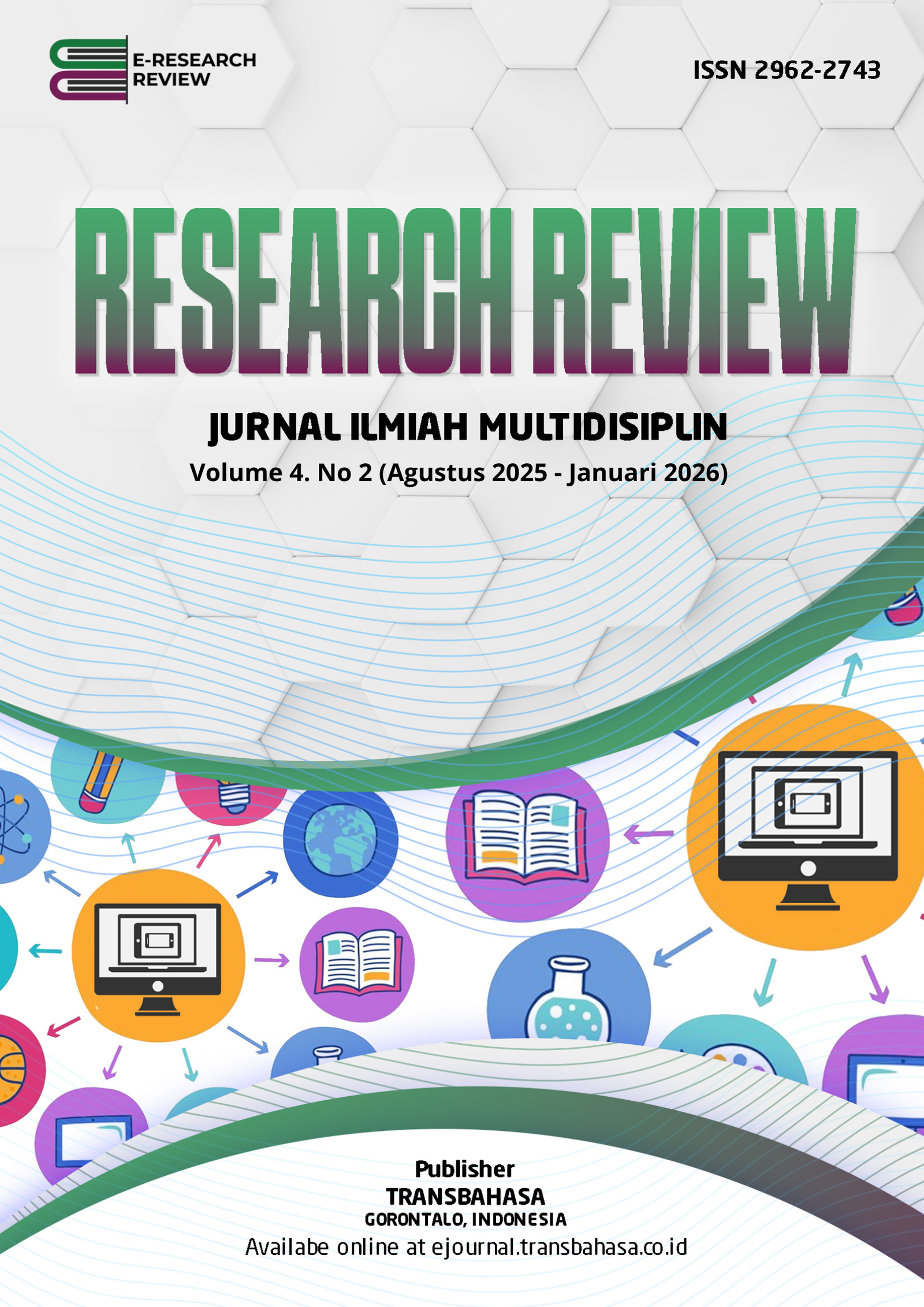Religious Stereotypes of American People Towards 9/11 Conflict in Body of Lies Film
DOI:
https://doi.org/10.54923/researchreview.v4i2.240Keywords:
Religious Stereotypes, Islam, Sociology of LiteratureAbstract
This study examines the portrayal of American religious stereotypes of Islam in the context of the 9/11 conflict as depicted in Ridley Scott’s Body of Lies. Using the theory of stereotypes and Swingewood’s sociology of literature, the research explores the relationship between factual and fictional realities. The analysis focuses on the film’s characters, plot, and setting to uncover how stereotypes are constructed and challenged. Findings reveal that the film conveys religious stereotypes through figures such as Al-Saleem, jihadist groups, and violent narratives linked to Islamic symbols. Simultaneously, it offers a critique of Western—particularly U.S.—policies via characters like Ed Hoffman and Roger Ferris, who engage in deception, manipulation, and covert operations. Notably, the character Hani Salaam is portrayed as a rational, honest, and principled Muslim, serving as a narrative counterpoint to negative depictions. Overall, Body of Lies presents a complex interplay between reinforcing and contesting religious stereotypes within a post-9/11 sociopolitical framework.







